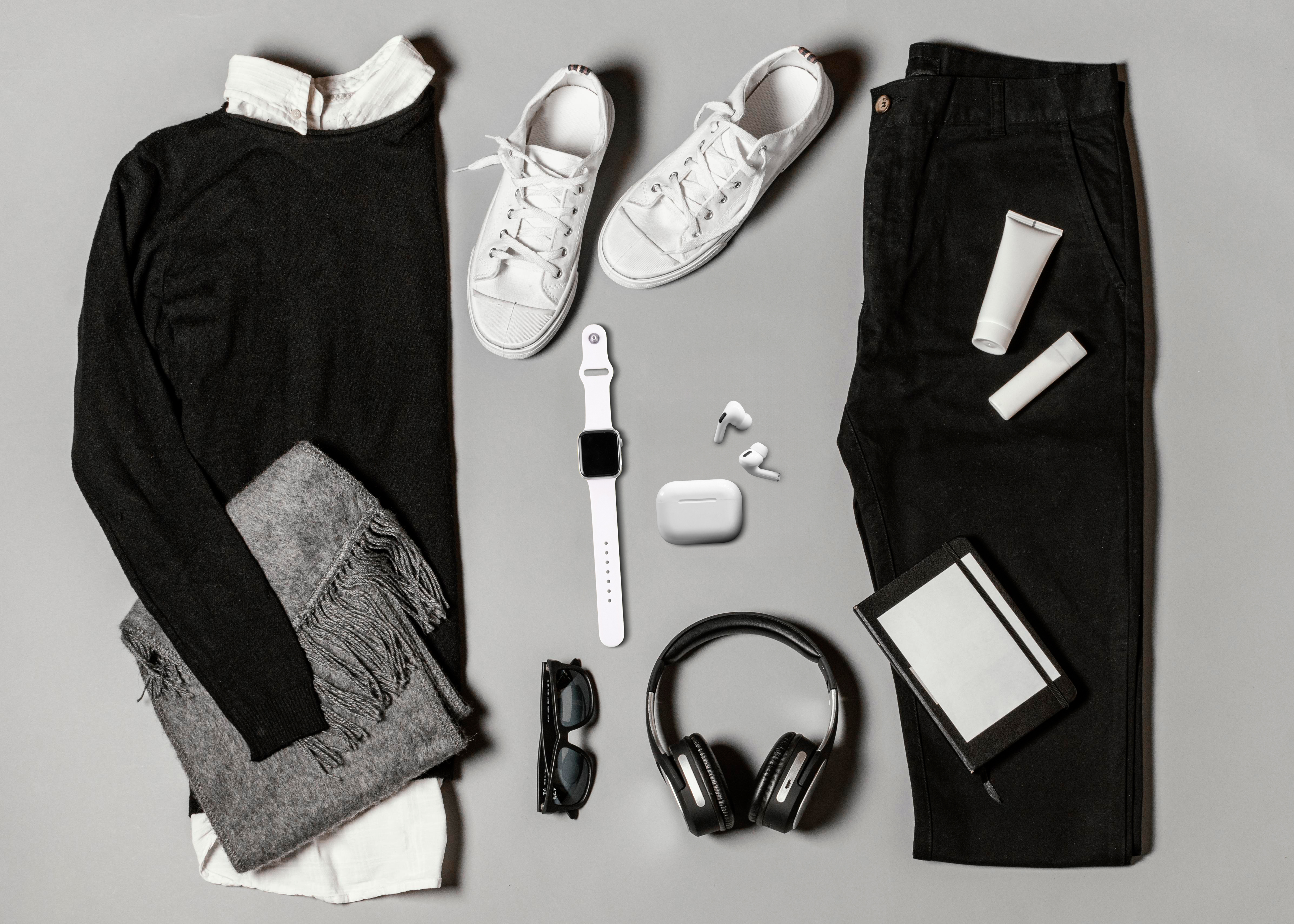If you’ve been tempted to try out those beachy, quirky printed shirts that keep popping up on your Instagram feed, chances are you’ve already stumbled upon Snitch, a brand that’s winning hearts of millennials and GenZs across the country. Snitch is nailing the positioning of an affordable, yet high quality and stylish men’s fashion. Remarkably, their annualized revenue is in the multi-million dollars, hold your breath, 50%+ of which is drawn from Tier 2 & Tier 3 cities of India! These are customers who often take fashion inspiration from influencers or celebrities, are design as well as value-conscious, and Snitch offers exactly that in a branded offering.
Over the past 5 years, India has seen an emergence of a large number of online-first, direct-to-consumer (D2C) brands across categories. Most of these brands offer products at mass-premium (20-25% premium to mass pricing) or premium price points. This is primarily due to two reasons. One, the target audience for these brands is usually a highly informed, tech-savvy customer residing in a Metro/Tier 1 city whose purchase journey begins online (either on Google or directly on marketplaces like Amazon, Flipkart). This consumer is willing to pay a price premium for the value proposition new-age brands offer – be it better quality, cleaner ingredients, unique designs or functionality. Two, since these brands are sold online, they require higher gross margins (often above 50%) to subsume the high costs of online marketing and shipping.
Interestingly, we are now witnessing the rise of several online-first, D2C brands at mass market pricing. These brands are banking on the increasing power of online marketplaces to target value conscious but aspirational consumers in Tier 2+ cities. Several of these brands are already doing anywhere between INR 100-1000 Crore in annualized revenues. They have grown despite having directly marched in the playground of traditional brands that scaled up patiently by building heavy distribution moats.
Consider BeatXP, a brand that is stealing market share from not just legacy but even new-age competitors in the electronic accessories category – smartwatches, wireless earbuds, etc. largely by being price competitive. It ranks in top 5 bestsellers on Amazon in smart watches category, #1 in the health appliances category (for their weighing machines), and appears in top results even on non-branded keyword searches.
Apart from the pricing wedge, the founders of these brands have a deep understanding of their target customer’s preferences. Their products are built keeping in mind a specific consumer persona, sometimes a specific use case.
The lower price point indeed comes at a cost to the business. These brands see lower gross margins (typically ~20% lower than mass-premium brands), leaving less room to spend on marketing. Khadim (footwear) & VMart (fashion retail), both draw ~60% of their revenue from Tier 2+ cities, make 42% & 35% gross margins respectively vis-à-vis their mass-premium counterparts making 50-70% gross margin in the same categories. This means that their online acquisition costs need to be lower than their mass-premium counterparts, typically sub 15% to be able to net a healthy bottomline. Additionally, over time these brands will need to tap MT/GT channels to scale offline revenues.
Lower price point does not imply poor or lower quality. It is about delivering an experience that is better at that price in consumers’ mind compared to alternate options. It is about providing functionality that your customer persona really cares about and cutting down on other frills. When you buy a Peter England, it delivers a durable workwear shirt, even if it is not the best quality of cotton in the town. Additionally, these new-age companies have to offer an at-par experience to customers as offered by other digital-first brands – quality customer service, COD, etc. For their unit economics to work out, these brands will need to engage in strategies like bundling multiple products together to push up the AOVs. For example, BeYoung, a fashion brand serving Tier 2+ markets, sells their T-shirts in packs of 3 to capture more value from a customer.
The amenable categories for building a mass price-point brand seem to be where the impact of trial for the customer is low i.e. purchase decision is largely design or specs driven. Fashion, Electronics, Smart Accessories, thus, have been the first few categories where brands have been able to scale up.
So the key question for us is – why is this play interesting? It’s the underserved & brand-starved nature of these Tier 2+ markets which present an exciting whitespace to build a large company. Unlike the obvious hotspots of consumer spend (Metros/T1) where brands are now seeing skyrocketing CACs across categories, here it’s possible to scale sustainably while keeping marketing expenses within control. It’s also, of course, the sheer size of these markets (or categories) coupled with the hyper rise of online consumer spending which interests us.
India’s per capita income has risen 35% in the last 8 years to INR 2 Lac in FY23. This has fuelled the growth of middle-class population (~INR 3-12 Lac household income), a significant contributor to India’s private consumption. The number of middle-income households are expected to increase from ~150M in 2021 to 195M in 2026. 70%+ of these middle-income households reside in Tier 2+ cities. In fact, Tier 2 cities are seeing higher retail CAGR (12%) than metros or Tier 1 cities (9-11% CAGR). India is also home to the largest GenZ & millennial (9-40 years) population in the world, who have higher propensity to consume and are naturally more inclined towards branded products than their predecessors.
All these factors have opened an opportunity to build a branded alternative for the large & growing middle-income Indian consumers vis-à-vis existing unbranded / legacy options at hand. We are long on brands attacking categories with large consumer spends, where there exists a whitespace in the mass price segment. If you are a founder building in this space, let’s chat at rupali@stellarisvp.com.
Originally published in ET Retail: https://retail.economictimes.indiatimes.com/blog/rise-of-online-first-mass-market-brands/105842884



